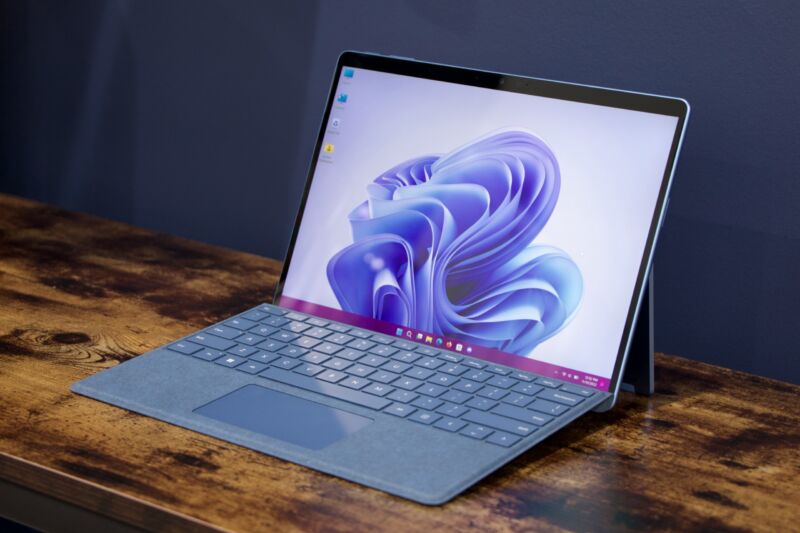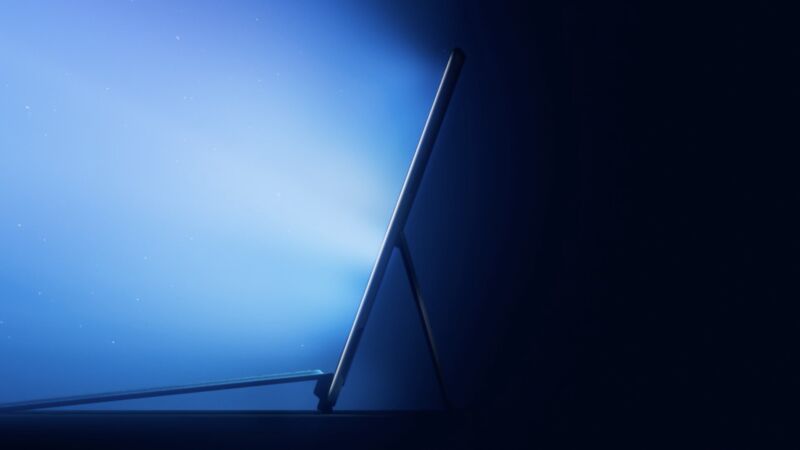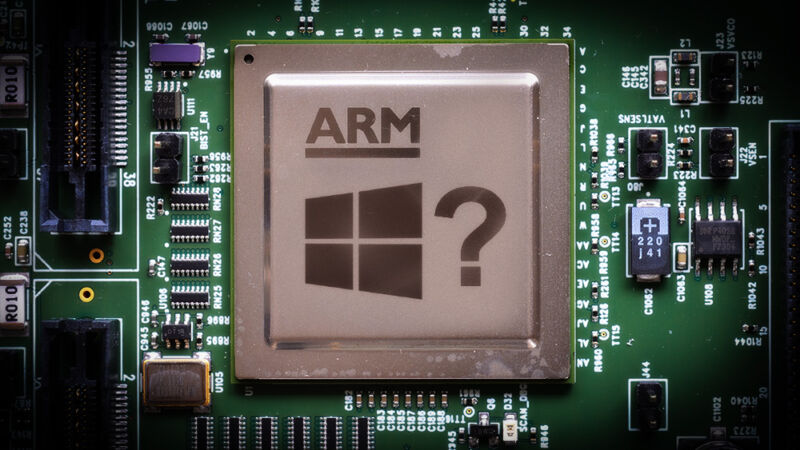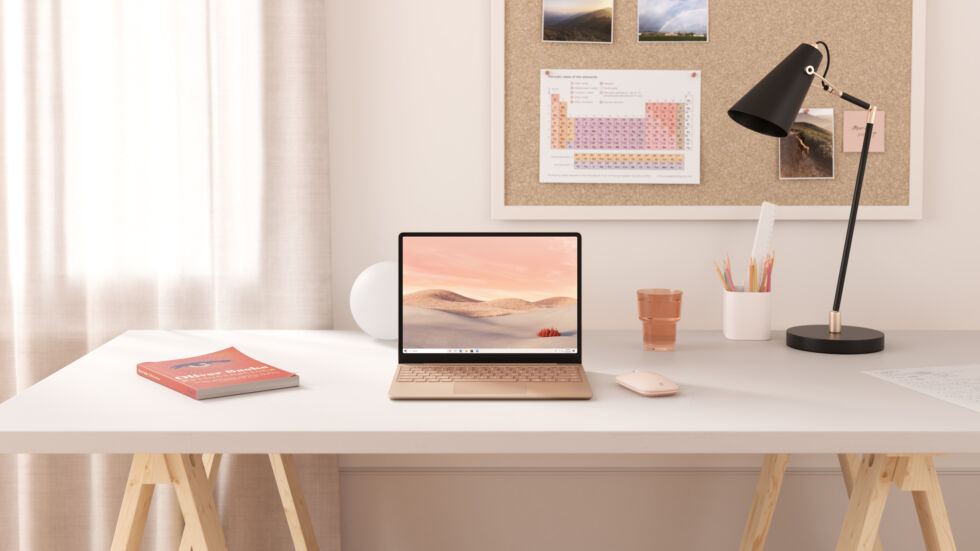-
 chevron_right
chevron_right
Dealmaster: Microsoft’s Surface laptops and tablets are on sale today
news.movim.eu / ArsTechnica · Tuesday, 7 March, 2023 - 00:41 · 1 minute

Enlarge / Microsoft's Surface Pro 9. (credit: Andrew Cunningham)
If you're in the market for a Microsoft Surface computer or tablet, now's a good time to grab some deals on the lineup.
Microsoft Surface Pro 9
13-inch tablet PC with keyboard cover for
$900
(
$1,080
) at
Best Buy
The Surface Pro 9 is the best tablet-laptop on the market. It succeeds in mixing the best of the tablet and laptop experience, being a tablet PC that runs Windows 11, uses a backlit detachable keyboard cover, and is optimized for use with a digital pen (the Surface Pen). It's lightweight and has a smaller footprint than most 2-in-1 laptops while packing enough power to edit media and handle light gaming at higher configurations.
The entry-level Surface Pro 9 (Intel Core i5, 8GB RAM, 128GB SSD) is currently on sale for $900 at Best Buy, down from $1,000, and it comes with a free Surface Keyboard cover which typically runs you an extra $180. That's $300 less than the entry point for Apple's 12.9-inch iPad Pro , which can't run full programs (only apps) and doesn't include its separately sold Magic Keyboard, which costs $350. This 13-inch Surface Pro model has an Intel i5 processor, 8GB of RAM, and 128GB storage, which is great for those who simply want a device to edit documents and surf the web without sacrificing the ability to use full programs.





